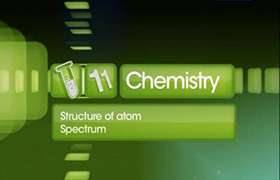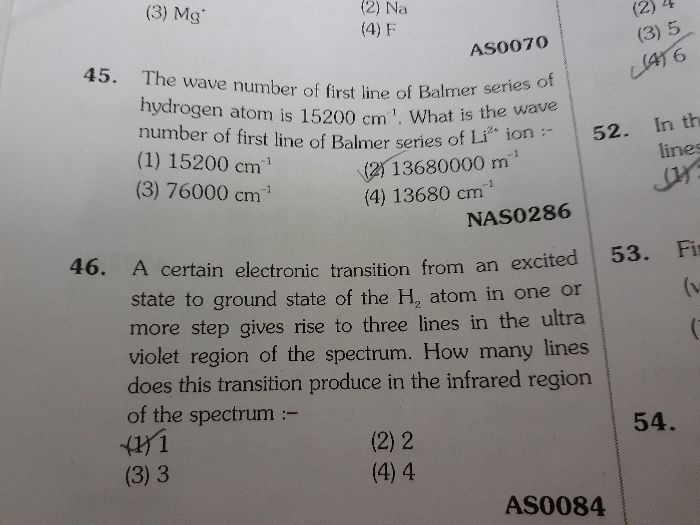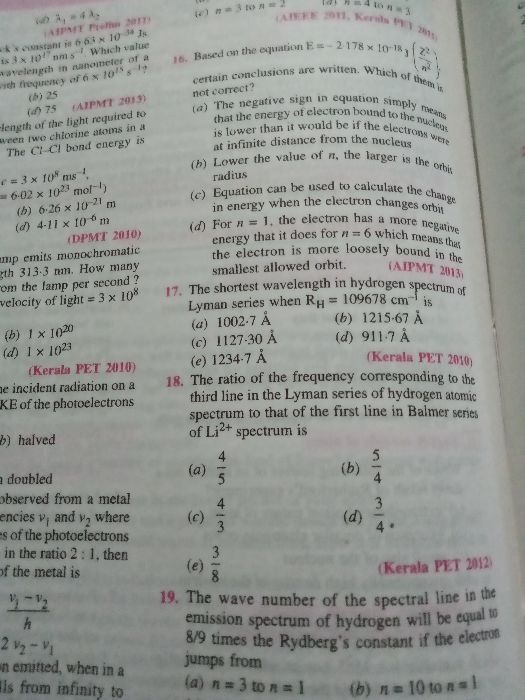CBSE Class 11-science Answered
How are emission, absorption and continuous spectra different?
Asked by Topperlearning User | 15 Apr, 2015, 05:59: PM
Emission spectra are produced by thin gases in which the atoms do not experience many collisions (because of the low density). The emission lines correspond to photons of discrete energies that are emitted when excited atomic states in the gas make transitions back to lower-lying levels.
An absorption spectrum occurs when light passes through a cold, dilute gas and atoms in the gas absorb at characteristic frequencies; since the re-emitted light is unlikely to be emitted in the same direction as the absorbed photon, this gives rise to dark lines (absence of light) in the spectrum.
A continuum spectrum results when the gas pressures are higher. Generally, solids, liquids, or dense gases emit light at all wavelengths when heated.
Answered by | 15 Apr, 2015, 07:59: PM
Concept Videos
CBSE 11-science - Chemistry
Asked by ee7511641 | 13 Jan, 2024, 03:37: PM
CBSE 11-science - Chemistry
Asked by shrreya27harshitha | 17 Jul, 2022, 04:15: PM
CBSE 11-science - Chemistry
Asked by murchana10022002 | 10 Aug, 2020, 12:06: PM
CBSE 11-science - Chemistry
Asked by arushidabhade | 08 Jul, 2019, 08:11: PM
CBSE 11-science - Chemistry
Asked by arushidabhade | 29 Jun, 2019, 08:42: PM
CBSE 11-science - Chemistry
Asked by amritchirania | 16 Jun, 2019, 12:31: PM
CBSE 11-science - Chemistry
Asked by arunavamitra50 | 18 Jun, 2018, 06:35: PM
CBSE 11-science - Chemistry
Asked by smanishkumar2002 | 20 May, 2018, 10:46: PM
CBSE 11-science - Chemistry
Asked by smanishkumar2002 | 20 May, 2018, 10:45: PM
CBSE 11-science - Chemistry
Asked by Topperlearning User | 16 Apr, 2015, 10:00: AM







